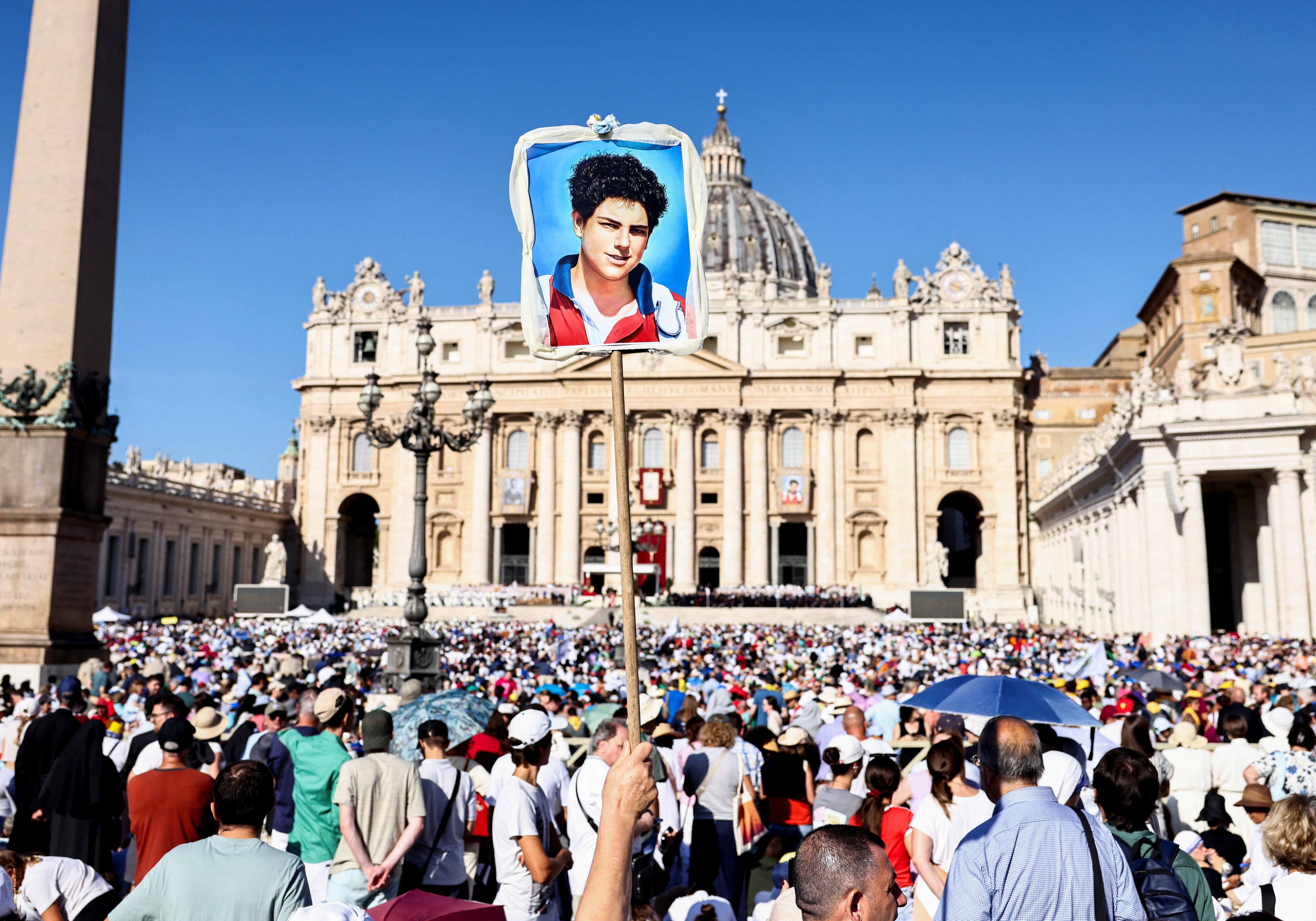April 6, 2018 at 1:53 p.m.
WORD OF FAITH
Deeper faith via myth
Because God's followers constantly deal with what the late Rudolf Bultmann called "the other side," they're going to have difficulty conveying their experiences to anyone on "this side."
"Other-side" individuals perceive things and dimensions in people, events and situations which "this-side" people never notice.
That's why it's essential to students of Scripture to surface and understand the means our sacred authors employ to communicate their insights -- even if that study eventually leads us to "myth."
Through the centuries, many religious folk have been scared off from this endeavor by the remark in Sunday's second reading (2 Pt 1: 16-19): "We did not follow cleverly devised myths when we made known to you the power and coming of our Lord Jesus Christ, but we had been eyewitnesses of His majesty."
What's a myth?
The word "myth" traditionally has had two meanings. The first is the more popular: a story or narrative which isn't true, something with no basis in reality. That seems to be how the author of II Peter uses the term.But Bultmann and the late Joseph Campbell used it in a different way. For them, "myth" is the name for the process by which we attempt to convey our deepest, most unique experiences to others.
Because we're trying to pass on something that touches our being at its core, we usually end up employing symbolic stories and language. We simply can't express our experiences in declarative sentences or single-meaning words. As Campbell explained in his famous TV interviews with Bill Moyers: "Myths are clues to the spiritual potentialities of the human life, what we're capable of knowing and experiencing within."
No wonder the writers of scripture frequently use myth to get their experiences across to their readers. How, for instance, can the author of Sunday's first reading (Dn 7: 9-10, 13-14) tell us about Yahweh's heavenly court without the aid of symbolic language? The passage overflows with it.
There's only one problem: those who choose the selections we use for our liturgical readings cut two verses from the middle of the narrative, two verses which would have helped us understand what the author was trying to convey with his vision of "one like a Son of Man."
Though later commentators would interpret this image as applying to one special individual, Daniel seems to be using it to express his belief that the whole human race participates in Yahweh's divine kingdom. We alone fight against the forces of evil mentioned in the omitted verses.
Step into myth
Mark certainly believes Jesus is the main protagonist in that fight (Mk 9: 2-10). He's also convinced that Jesus' first disciples saw something unique in Him or they wouldn't have followed Him. But when it comes to expressing the insight about Jesus' uniqueness which those disciples experienced, Mark's forced to step into the realm of myth.Notice all the symbolic images: a high mountain, dazzling white clothes, Moses and Elijah, the Feast of Tents, the cloud, the heavenly voice. If this isn't a mythical passage, then there's no such thing as biblical myth.
The key to its interpretation is in the statement, "Suddenly, looking around, they no longer saw anyone but Jesus alone with them....he charged them not to relate what they had seen to anyone, except when the Son of Man had risen from the dead."
Only those who experience the risen Jesus alive among them will understand the mythical images Mark employs. Those who don't's will keep trying to find the exact mountain on which this "event" took place.
We should be careful not to rule out the use of myth in Scripture. It might be an indication that we have no intention of ever experiencing the depth of faith which the sacred authors are trying to convey.
(08-03-00) [[In-content Ad]]
- Modern Christian martyrs show power of love in face of hatred, pope says
- Pope says his biggest challenge since election is being a world leader
- Full text: Pope Leo XIV’s Angelus message for September 14, 2025
- Celebrating an American Saint: St. Elizabeth Ann Seton canonization at 50
- Thousands of visitors celebrate Pope Leo’s birthday in St. Peter’s Square
- Erika Kirk urges nation to embrace faith, family, patriotism after husband’s murder
- Pope welcomes Burch as new U.S. ambassador to the Holy See
- Catholic leaders acknowledge tension between Trump immigration policy, religious liberty
- Peace requires a ‘different narrative’ world’s top church leaders urge
- Washington Roundup: Officials call for calm in US; lawmakers react to Russian drones; and more







Comments:
You must login to comment.